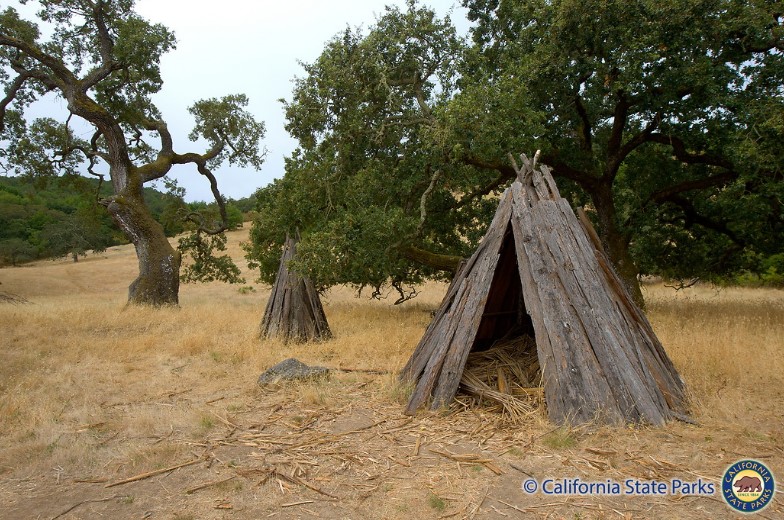The Alameda-Tesla Classification Process and General Plan Project will result in a general plan for the Alameda-Tesla property. This work has several milestones including classification, naming, general plan, and full Programmatic Environmental Impact Report (EIR). Throughout the course of the project the public will have multiple opportunities to share input that will inform project outcomes, as shown on the Participate page.
The project process was initially envisioned as a two-phase effort, with classification and naming occurring prior to completion of the general plan. Based on work documenting resources and community feedback, the project process was updated in September 2024 to reflect State Parks’ decision to include classification and naming in the overall general plan work. Due to the complex nature of the resources identified and State Parks’ commitment to determining appropriate public uses at Alameda-Tesla, classification and naming of the property is now combined with the overall general plan effort. This will allow consideration of classification in the Programmatic Environmental Impact Report prepared as part of the general plan.
Classification helps determine the purpose of a park and the range of conservation, recreation, and management activities that are appropriate for the park. New parks can be classified as a State Recreation Area, State Park, Historical Unit, State Seashore, State Reserve, State Wilderness, or Marine Managed Area as described in the California Public Resources Code, Division 5, Chapter 1, Article 1.7.
Alameda-Tesla cannot be classified as a State Seashore or Marine Managed Area, since it is not coastal; a State Wilderness, since it is less than the required 5,000 acres; or a State Vehicular Recreation Area, by legislative action. The Classification phase of the Alameda-Tesla Classification and General Plan Project will consider four classifications for the Alameda-Tesla property:
Purpose: Provide outdoor recreational opportunities.
Examples:
Purpose: Preserve areas of outstanding natural, scenic, ecological, and cultural value; allow for public enjoyment and education.
Examples:
Purpose: Preserve native ecological associations, unique biotic characteristics, geological features, scenic qualities, and/or cultural resources; allow for public enjoyment and education.
Examples:

Purpose: Preserve objects of historical, archaeological, and scientific interest.
Examples:
A classified park can contain specific areas within its boundary that are sub-classified as one of the following:
Purpose: Preserve biological, geological, or topographic features, processes, or patterns that are of significance.
Examples:
Purpose: Protect features such as sites, buildings, or zones which represent significant places or events in the flow of human experience in California.
Examples:
Areas within Alameda-Tesla could be subclassified as a natural preserve or a cultural preserve.
The park classification process includes preparation of a resource summary that identifies significant natural, cultural, and recreational resources of a site. These resources are evaluated for opportunities to provide outdoor recreation and to interpret and protect natural and cultural resources. The project team will use the assessment, inventory, and analysis, along with input from the public and requirements outlined in Sections 5019.50-5019.74 of the Public Resource Code, to recommend a park classification and park name to the State Park and Recreation Commission for approval. For more information on the park classification process, visit the Resources page.
The General Plan defines the park’s primary purpose and establishes a management direction for the park’s future. By providing a clear purpose and vision, guidance on long and short-term goals, and guidelines, the general plan guides day-to-day decision-making and serves as the basis for developing focused feasibility and management plans, specific project plans, and other management actions necessary to implement the goals of the general plan.
The general plan is primarily a “goal-based,” as opposed to an “objective-based,” document. General plan goals and associated guidelines define an ultimate purpose and intention for park managers and system operators but stop short of defining a specific accomplishment and timeframe for accomplishing those goals. This level of specificity is developed in subsequent planning documents, such as management plans or specific project plans.
Development of the general plan includes a complete programmatic Environmental Impact Report, as the general plan is considered a project for the purposes of CEQA.